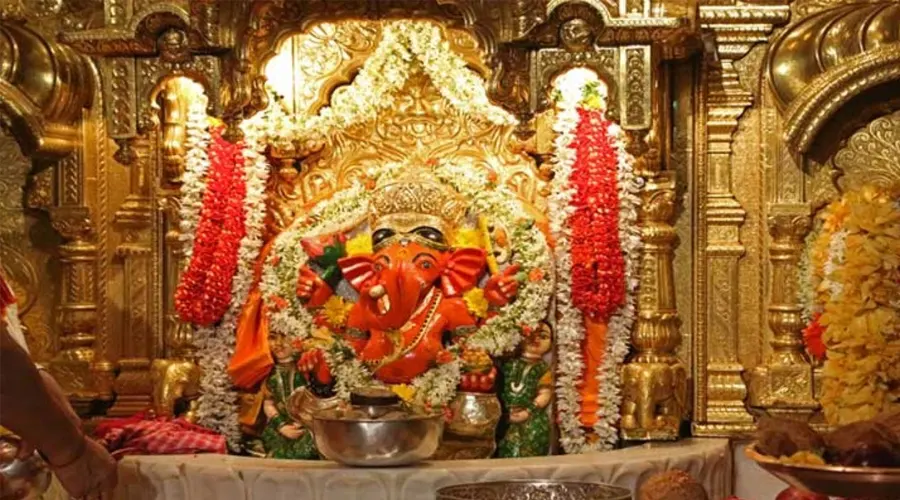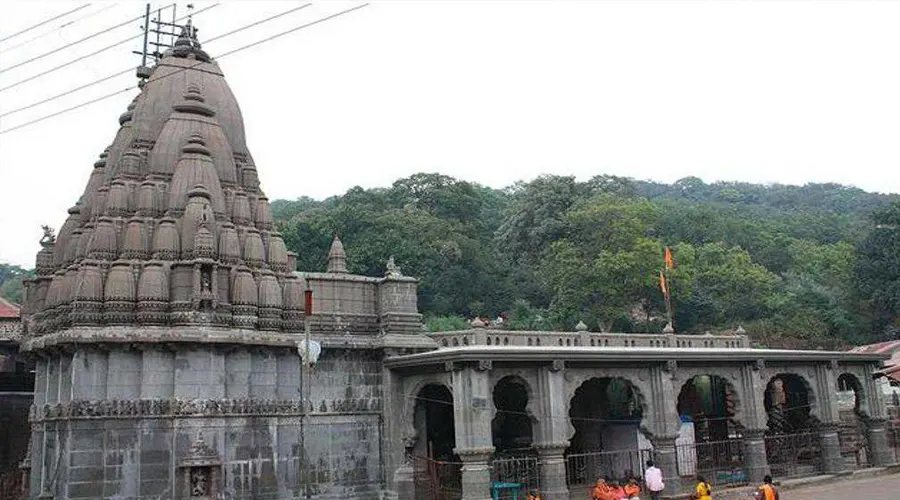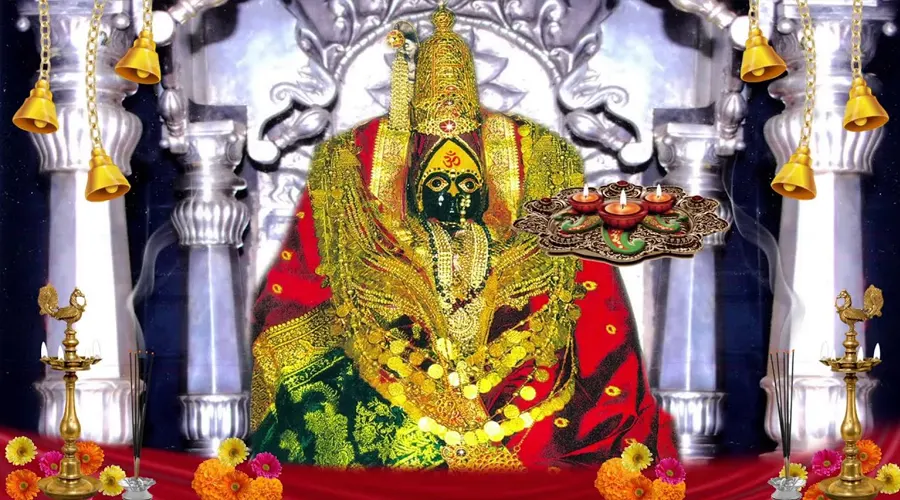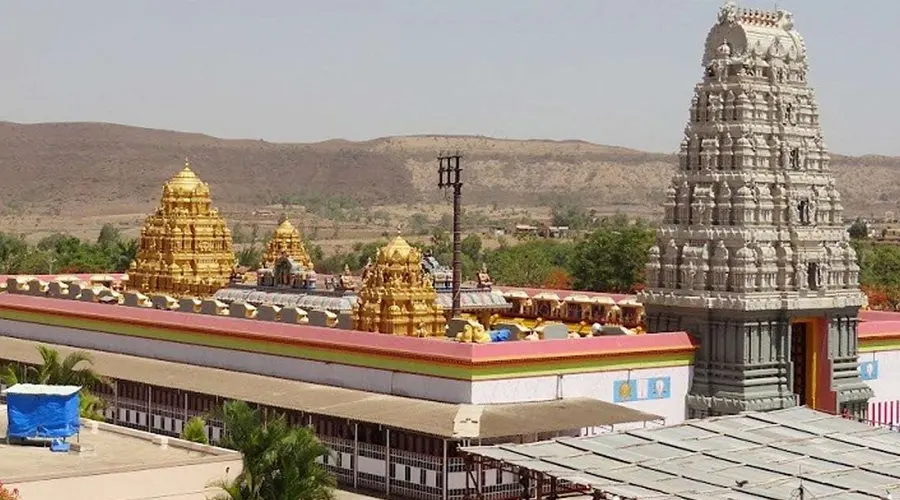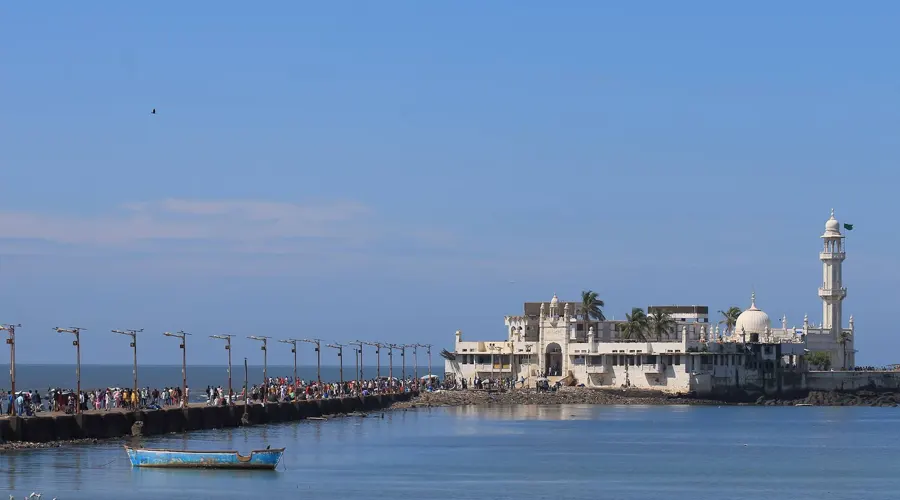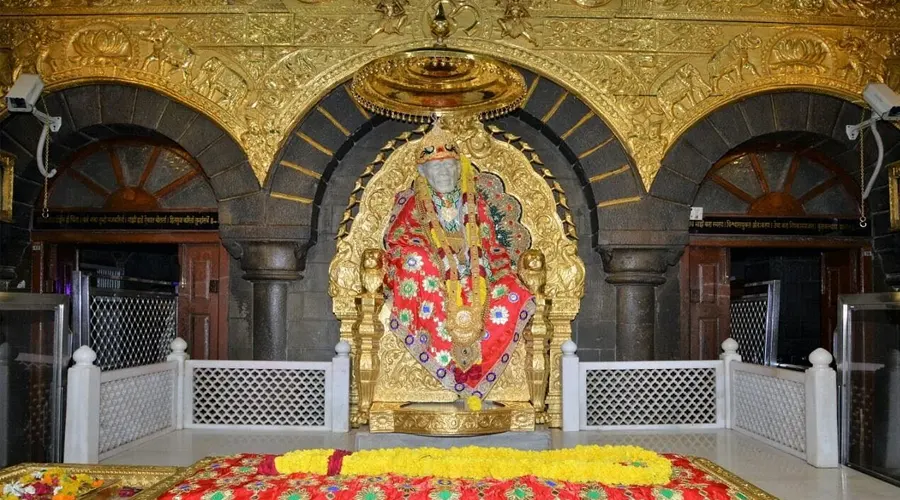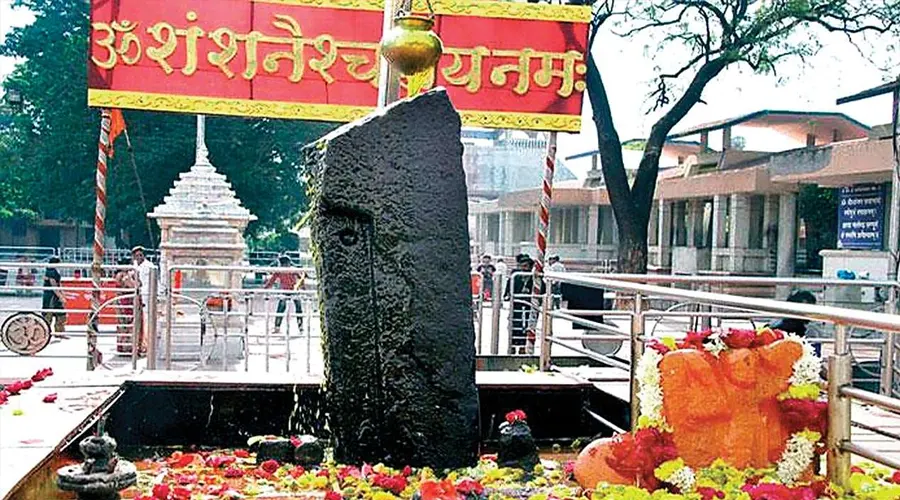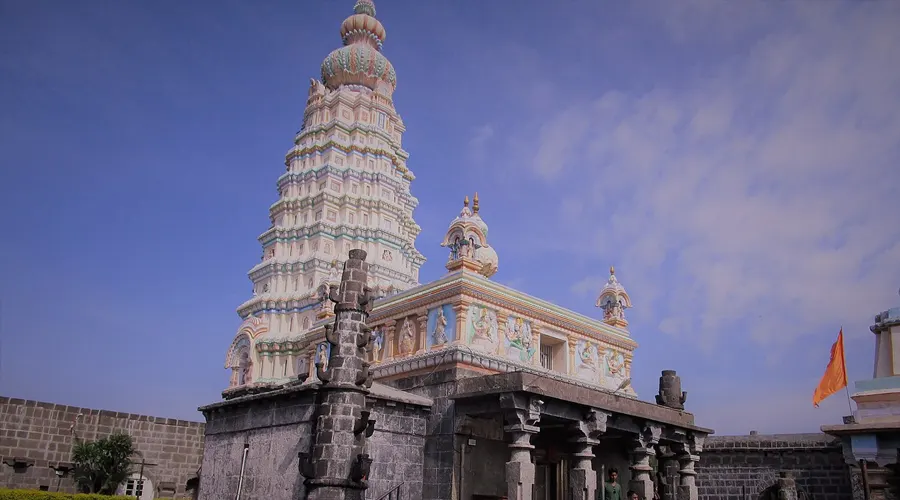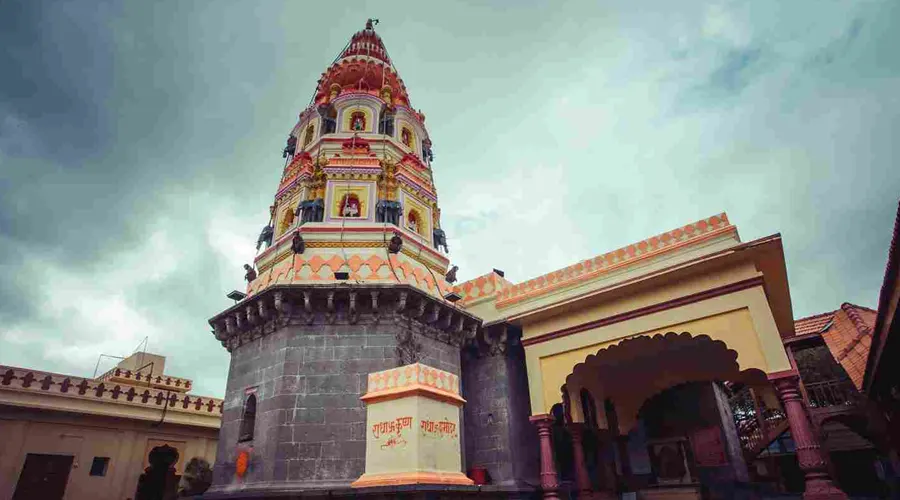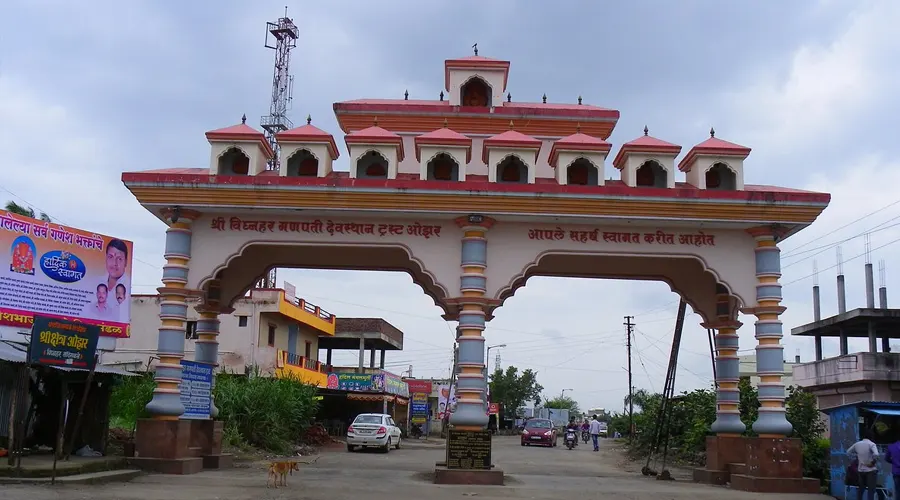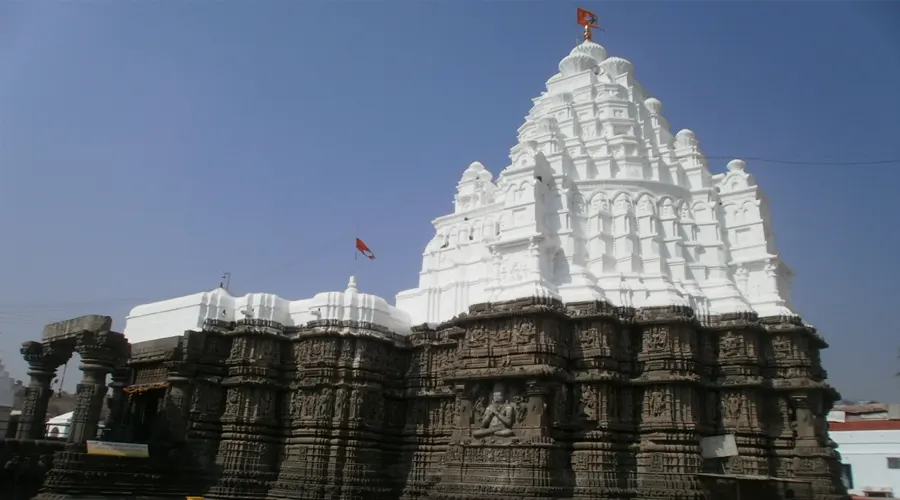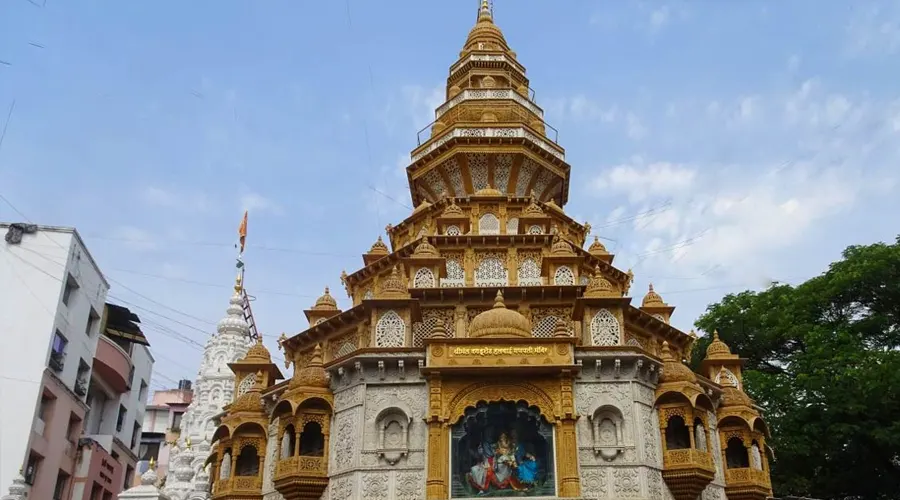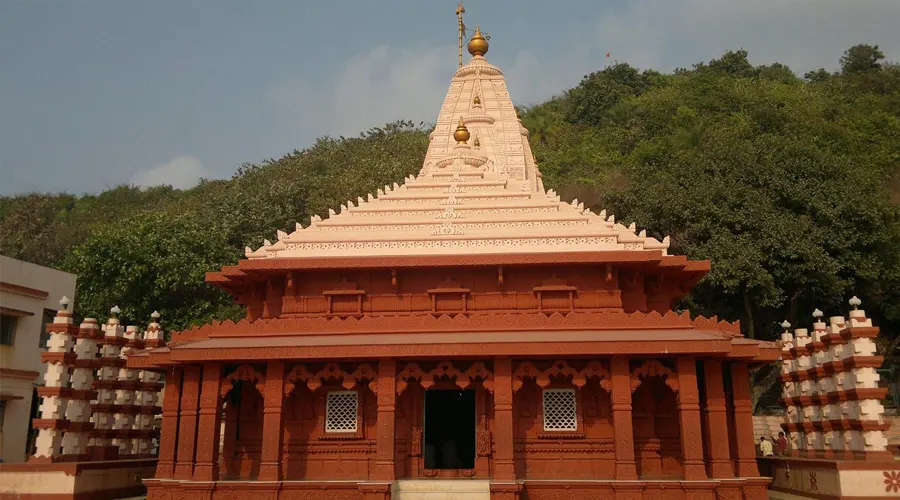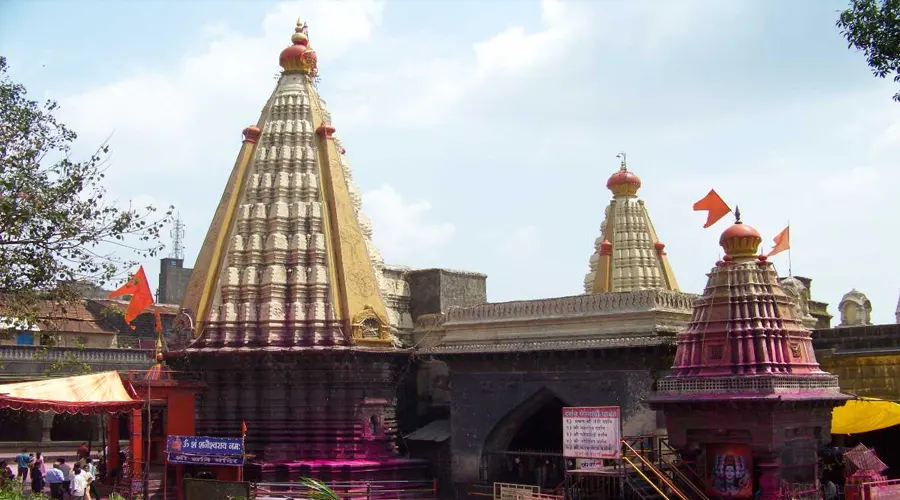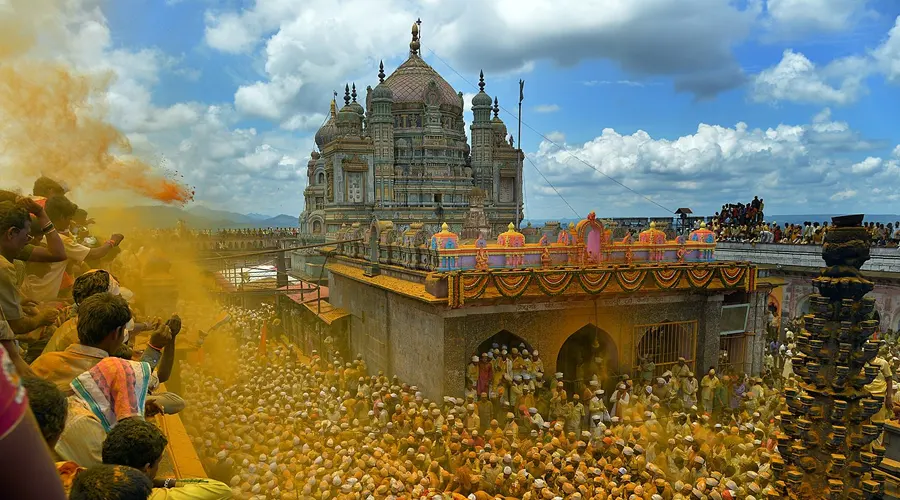Rajabai Clock Tower
The Rajabai Clock Tower was built in the 1800s in Venetian and Gothic style architecture and is a landmark spot for tourists from across the globe. It is housed within the University of Mumbai and stands tall at 280 feet.
It is named after Rajabai, the mother of a well-to-do broker, Premchand Roychand, who founded the Bombay Stock Exchange and also donated to the clock tower’s construction. Legend has it that Rajabai believed in consuming her dinner before sunset.
Though blind, the evening ring of the bell helped her guess the time independently. The stone tower has some of the best stained-glass windows in Mumbai and is on the list of World Heritage Sites.
History
Premchand Roychand, the 19th century Cotton King and Bullion King of Mumbai bore the entire cost of building Rajabai Clock Tower in Mumbai. And it was named after his mother.
British architect Sir George Gilbert Scott designed the tower. The construction work began in 1869 and was completed by 1878. The structure though started losing its shine with time because of lack of maintenance, and it underwent a planned restoration between 2013-2015.
Today, the tower stands magnificently on the University of Mumbai campus, and tourists gape at its architectural details.
The Rajabai Clock Tower restoration project received the UNESCO Asia-Pacific Award for Cultural Heritage Conservation in 2018. But it is closed to visitors, because of multiple suicide attempts.
Architecture
Rajabai Clock Tower has an amalgamation of Gothic and Venetian architectural styles. It is 85-meter-high, 3.8-meter-wide, and has a huge clock, which is visible from a distance.
This tower was the tallest structure in Mumbai for decades.
The arches influence Islamic architecture along with the Victorian-Gothic style. And the sculptures on the clock were made by Indian artisans and the students of Sir JJ School of Art. Sir Lockwood Kipling guided them.
The tower is made up of locally sourced Kurla stones. And the material for the top was brought from Porbandar. Porbandar stone sculptures also decorated the sides of this heritage clock tower. The structure is also known for its colorful stained-glass windows, intricately carved spiral staircase, and latticework on its surface.


